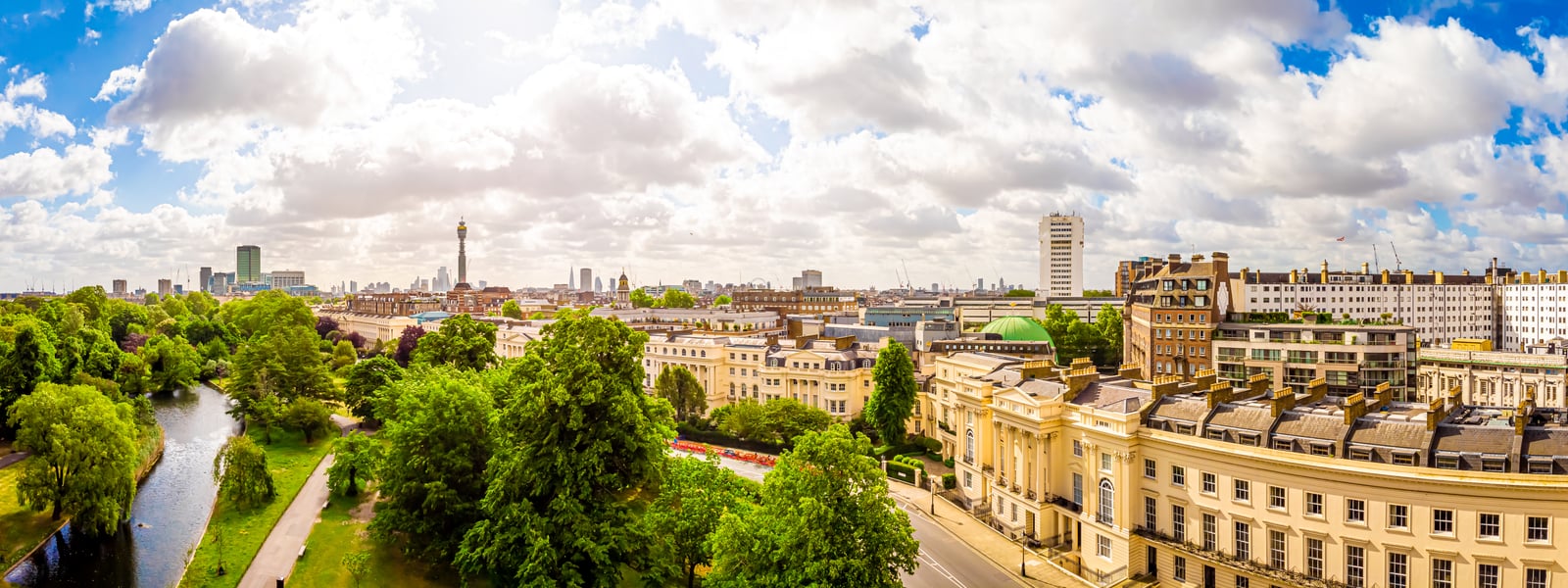UK sales review Q4 2020

UK house prices finished a volatile year over 5% up on where they started, according to the main indices (+7.3% Nationwide, +6.0% Halifax). Q4 saw continued growth in values and very high levels of activity, as sales agreed in the boom following the first lockdown reached completion.
Unlike earlier in the year, the second national lockdown did not lead to the closure of the housing market. In November, mortgage approvals reached 100,000 in a single month for the first time since 2007, according to Bank of England data.
Figure 1 shows the monthly number of approvals alongside Nationwide’s monthly measure of house price growth. Rises in their index slowed compared to Q3 but growth was still strong, averaging just under 1% per month.
Figure 1: UK house prices and mortgage approvals, monthly

Source: Nationwide HPI, Bank of England. Note: both seasonally adjusted
Transactions
The official ONS transaction index shows annual sales down by over 20% compared to a year earlier. But this is based on completions and only records data up to September, so is not yet reflecting the increased activity suggested by the mortgage approval figures. With conveyancers reporting delays due to the pandemic, it is likely that the lag in recording sales is larger than usual and these figures will be revised up in due course.
The timelier data from HMRC does show some of the sales agreed in the summer boom now completing, with almost 130,000 transactions recorded in December (seasonally adjusted), the highest single month since 2007 (barring a spike due to the SDLT change in April 2016). For 2020 as a whole, activity was 11.5% lower than 2019 on this measure. But over the second half of the year it was 1.6% higher.
The RICS Housing Market Survey’s outlook for sales activity continued to reflect volatile sentiment across the industry. The ‘Sales Expectations’ measure, which looks forward three months, fell to -22 in December (+14 in September). The backward looking ‘Agreed Sales’ measure also fell but remained in positive territory at +18 (+50 in Sep).
In the past these results, when ‘lagged’ by nine months, have been a good predictor of short-term trends in activity. However, the market has been responding more quickly through the pandemic, and with more volatility likely this year it could be many months before a clear new trend emerges. Figure 2 shows the two survey metrics plotted against the two measures of actual transaction levels.
Figure 2: Actual transaction levels vs. RICS sale metrics

Source: RICS Housing Market Survey (Dec 2020), HMRC, ONS UK HPI. Note: RICS figures lagged 9 months. RICS and HMRC figures seasonally adjusted
Rightmove’s January index reported a mixed picture, with the national average time to sell increasing from 49 days in October to 57 in December. However, their early indicators of activity (website views, agent contacts and agreed sales) were all still looking robust. Zoopla’s December index report showed demand and sales agreed over the whole calendar year more than 30% up. In their January report they noted that the third lockdown was having a limited effect on demand but was putting off potential vendors from listing, resulting in limited stock on the market.
House prices
House prices have been incredibly resilient through 2020, ignoring the impact of the pandemic on the economy and reaching record high values at national level. This has been driven by a mix of the ‘race for space’ – with buyer demand for homes that better suited lockdown lifestyles – and what with hindsight seems like an unnecessary or poorly-timed stamp duty holiday.
The Nationwide index reported annual house price growth of 7.3% for the full calendar year, the highest level since November 2014. This resulted in their average price metric reaching £230,000 for the first time. The completion-based ONS index is also starting to pick up the strong growth seen over the summer, with their November index reporting an annual increase of 7.6%.
Figure 3 shows the RICS net balance of opinion data on values, compared to two measures of house prices. The two RICS metrics diverged significantly in Q4, with ‘Achieved Prices’ remaining near its peak at +65 in December (vs. +61 in September) but ‘Price Expectations’ falling to -13 (from +20 in Sep). This suggests that the agents surveyed are expecting the recent high levels of growth to recede quickly in 2021.
Figure 3: Actual value changes vs. RICS price indicators

Source: RICS Housing Market Survey (Dec 2020), Nationwide HPI, ONS UK HPI. Note: RICS data lagged 6 months
Asking prices also saw big annual increases in 2020 according to Rightmove’s index, finishing the year at +6.6%. But their January index reported a fall to +3.3%, suggesting momentum is slowing. Zoopla’s index recorded a slightly lower full year figure of +4.3%, and they expect annual growth to peak at 5% in Q1.
What happens next?
Q1 is likely to see a mix of competing trends. The rush to complete a huge backlog of agreed sales before the end of the stamp duty holiday will see transactions continue to rise strongly, supporting values in the ‘backward-looking’ data based on completions. But the leading indicators may show weakness, as the impact of government support for the economy being withdrawn starts to be felt – we have already seen signs of this in the RICS and Rightmove data. The success of the Covid vaccination programme could have an important role in restoring wider confidence and mitigating against the worst of the economic damage.

